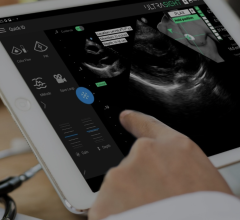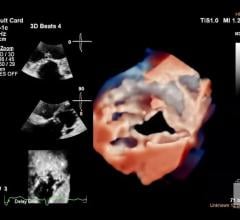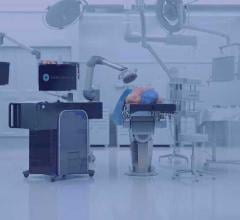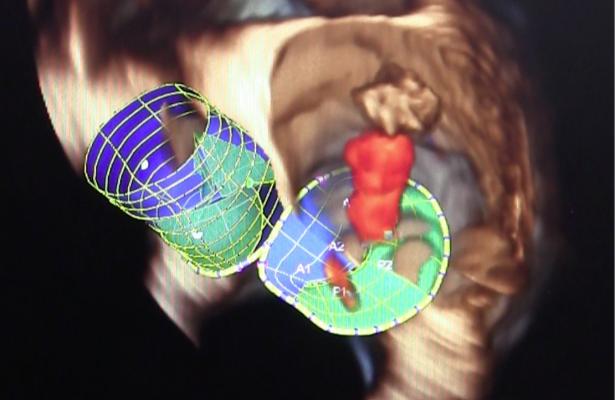
March 16, 2017 — A new document from the American Society of Echocardiography (ASE) provides a comprehensive update to guide clinicians in best practices for assessing all forms of valvular regurgitation.
Valvular regurgitation is a prevalent cardiac disorder in which one or more of the heart’s valves “leak,” often leading to extra burdens on the heart muscle and requiring treatment. While it is difficult to estimate the exact number of people affected by valvular regurgitation, it is very clear that this type of heart disease tends to increase with age; the continuing trend of an aging population worldwide makes guidelines for evaluation of these issues more important than ever, according to ASE.
An update from a popular 2003 guideline publication, the new guideline, “Recommendations for Noninvasive Evaluation of Native Valvular Regurgitation: A Report from the American Society of Echocardiography Developed in Collaboration with the Society for Cardiovascular Magnetic Resonance," tackles this complex subject, detailing in its 85 pages and 278 references a compendium of imaging parameters to help clinicians in their assessment of valvular regurgitation. Newly discussed in this edition are the incorporation of three-dimensional echocardiographic imaging, algorithms to facilitate the integration of findings, and the role of cardiac magnetic resonance imaging.
The paper, a joint project between ASE and SCMR, will appear in the April issue of the Journal of the American Society of Echocardiography (JASE), but is available now online. ASE’s Chair of the writing group, William A. Zoghbi, M.D., MACC, FASE of Houston Methodist DeBakey Heart & Vascular Center in Houston, Texas, commented, “With many new advances over the last decade in diagnosis and treatment of valvular regurgitation, there was a clear need to update the original ASE guidelines from 2003. While echocardiography with Doppler is the first-line diagnostic modality to help clinicians in formulating an accurate diagnosis on the causes and severity of the regurgitant valves, an integrative approach of clinical and imaging parameters is strongly recommended to enhance accuracy. These updated guidelines aim first to educate clinicians on how to evaluate these complex lesions, and second, to provide recommendations on assessing the severity of the valvular insufficiency; there is a worldwide need for both, as valvular regurgitation is the most difficult valve lesion to assess.”
The document outlines in detail the technical considerations and imaging techniques, as well as the value that 3-D echocardiography and cardiac magnetic resonance imaging can add to the diagnostic process. It delves into specific issues with each type of regurgitation, namely mitral regurgitation (MR), aortic regurgitation (AR), tricuspid regurgitation (TR) and pulmonary regurgitation (PR). The document includes 17 tables summarizing techniques and advantages of each modality, as well as 35 figures illustrating various concepts.
In conjunction with the publication of the guideline document, Zoghbi will conduct a live webinar, including a question and answer section, on April 21 at 9:00 AM Eastern Time. The webinar will be available for free to all ASE members and open to all other clinicians for just $25; registration will open in late March. This webinar, and all ASE-hosted guideline webinars, are available on ASEUniversity.org to facilitate education for those who cannot attend the live webcast.
For more information: www.asecho.org/guidelines

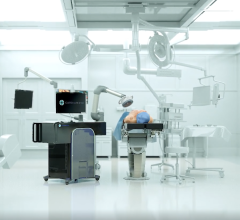
 April 05, 2024
April 05, 2024 

